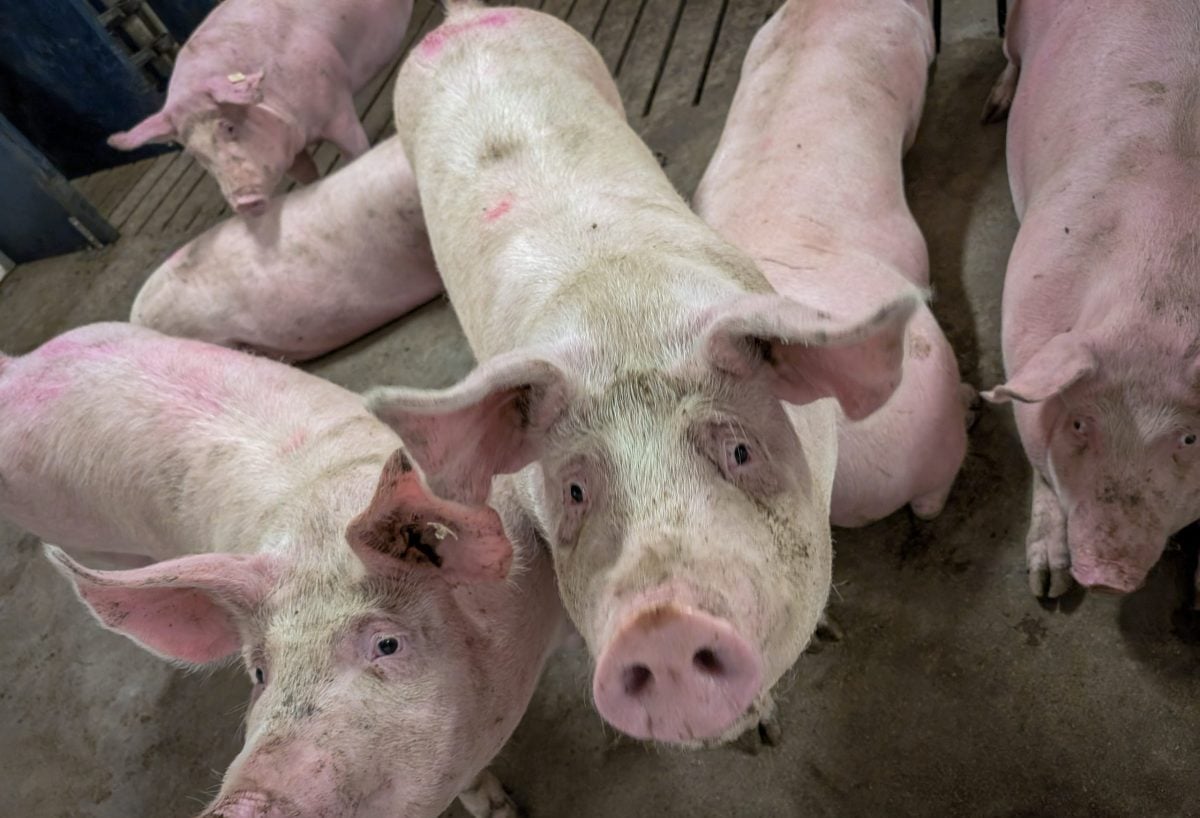Glacier FarmMedia | MarketsFarm – The looming threats of tariffs overshadowed the United States Department of Agriculture’s monthly supply/demand estimates in the eyes of the trade during the week ended Feb. 12.
Despite tightened projected carryouts for world corn, soybeans and wheat, as well as U.S. wheat, futures prices for all three declined on Feb. 11. Scott Capinegro, a Chicago-based hedging specialist for AgMarket.net, said any time U.S. President Donald Trump speaks about tariffs, the trade gets a bit wary.
“Any news, any word of tariffs comes out of his month, the market gets very nervous,” he said. “You don’t know what time of day or night he’ll open his mouth. During the evening trade, if there is talk of tariffs, we’ll open lower. We’ve bounced back at least two times off those lows … and then funds were buyers in the daytime. The uncertainty factor equals the fear factor, because you just don’t know.”
Read Also

U.S. livestock: CME cattle futures lower after sideways trade
Chicago | Reuters – Chicago Mercantile Exchange live and feeder cattle futures inched lower on positioning on Tuesday as thin…
Capinegro also mentioned that the combined projected South American soybean crop of approximately 218 million tonnes is still more than last year, bringing down prices. As for the U.S. corn crop, he said it needed “an outright bullish number” from the USDA report to fuel a rise in prices and it never materialized. Capinegro also heard a number of cotton acres may switch over to corn this year.
Weather remains a factor on prices, especially for wheat, according to Capinegro. Another winter storm in the U.S. this week will bring heavy amounts of precipitation to wheat-growing areas.
“They’re getting rains (in the South) and we’re finally getting snow up here. In northern Illinois, we’re going to see about (25 centimetres) of snow. That’s our biggest snowfall this winter,” he said. “It’s welcomed. We’ve been dry.”
Nevertheless, the unpredictability of the Trump administration and its proposed trade policies means that it’s anybody’s guess where prices may go in the short-term.
“With tariff talks and President Trump, it’s like a USDA report every day. You don’t know how markets are going to react. It’s an awfully tough environment,” Capinegro added.















